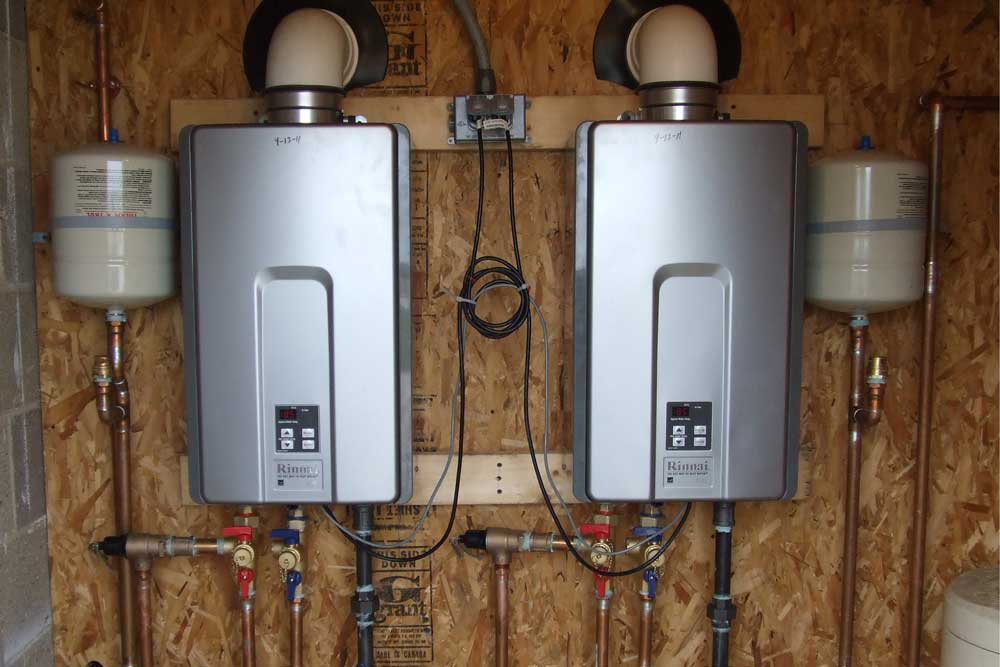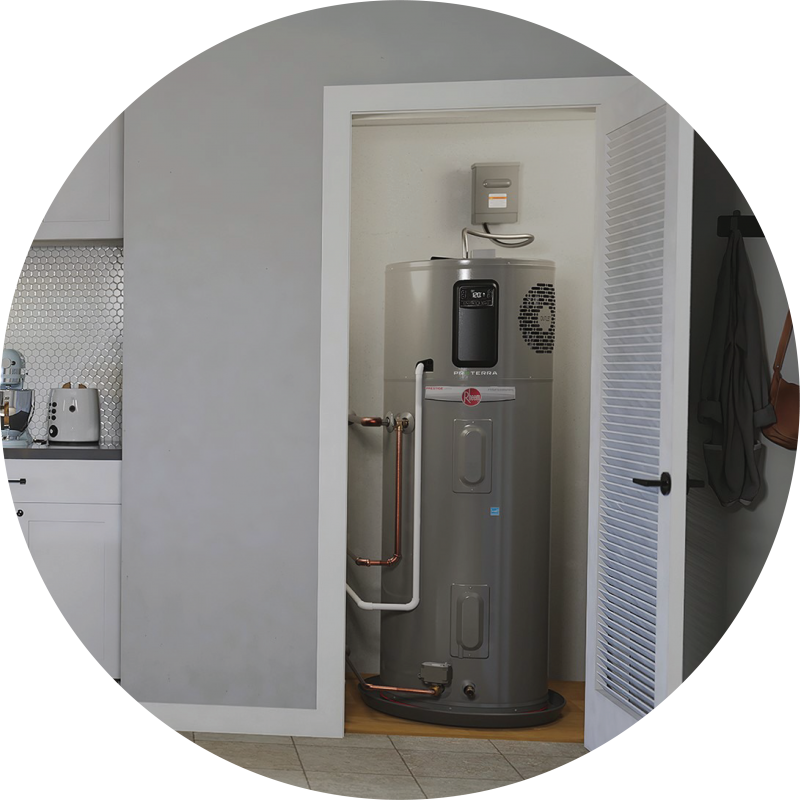Important Tips on Maintaining Your Home's Hot Water SystemImportant Care Strategies for Your Home's Hot Water System
Important Tips on Maintaining Your Home's Hot Water SystemImportant Care Strategies for Your Home's Hot Water System
Blog Article
Everyone has their unique perception on the subject of How to Maintain Your Water Heater & Prolong its Life.

Warm water is crucial for daily comfort, whether it's for a revitalizing shower or washing meals. To guarantee your hot water system runs effectively and lasts much longer, regular maintenance is crucial. This article provides useful pointers and understandings on how to preserve your home's warm water system to stay clear of disruptions and costly repair work.
Intro
Maintaining your home's hot water system may appear challenging, but with a few easy steps, you can ensure it runs efficiently for years to find. This overview covers every little thing from understanding your hot water system to DIY maintenance ideas and recognizing when to call in professional aid.
Importance of Keeping Your Hot Water System
Regular maintenance not only prolongs the life expectancy of your warm water system yet additionally ensures it operates effectively. Ignoring upkeep can bring about lowered efficiency, higher energy bills, and even premature failure of the system.
Indications Your Warm Water System Demands Upkeep
Recognizing when your warm water system requires focus can protect against significant concerns. Keep an eye out for indicators such as inconsistent water temperature, strange noises from the heater, or rustic water.
Recognizing Your Hot Water System
Before diving into maintenance tasks, it's useful to understand the basic components of your warm water system. Commonly, this consists of the hot water heater itself, pipelines, anode poles, and temperature level controls.
Regular Monthly Maintenance Tasks
Regular month-to-month checks can aid capture small problems before they intensify.
Flushing the Water Heater
Flushing your hot water heater gets rid of debris accumulation, enhancing effectiveness and prolonging its life.
Checking and Changing Anode Rods
Anode rods avoid rust inside the storage tank. Examining and replacing them when worn is essential.
Inspecting and Readjusting Temperature Setups
Changing the temperature setups guarantees optimum performance and safety.
Do It Yourself Tips for Maintenance
You can execute a number of upkeep tasks on your own to keep your warm water system in top condition.
Looking for Leaks
On a regular basis evaluate pipelines and connections for leakages, as these can lead to water damages and higher expenses.
Testing Stress Relief Valves
Examining the pressure safety valve ensures it works appropriately and avoids too much pressure build-up.
Insulating Pipelines
Insulating warm water pipelines decreases warmth loss and can save power.
When to Call a Professional
While DIY upkeep is advantageous, some concerns require expert expertise.
Complex Problems Calling For Professional Assistance
Instances include significant leakages, electrical issues, or if your hot water heater is regularly underperforming.
Regular Specialist Maintenance Advantages
Specialist maintenance can include complete inspections, tune-ups, and guaranteeing conformity with safety and security standards.
Final thought
Normal upkeep of your home's hot water system is vital for performance, long life, and cost savings. By complying with these pointers and knowing when to look for professional help, you can guarantee a trustworthy supply of hot water without unforeseen interruptions.
How to Maintain an Instant Hot Water Heater
Before tinkering with your hot water heater, make sure that it’s not powered on. You also have to turn off the main circuit breaker and shut off the main gas line to prevent accidents. Also turn off the water valves connected to your unit to prevent water from flowing into and out of the appliance. 2. When you’re done, you have to detach the purge valves’ caps. These look like the letter “T” and are situated on either side of the water valves. Doing so will release any pressure that has accumulated inside the valves while at the same time avoid hot water from shooting out and burning your skin. 3. When the purge valves’ caps are removed, you have to connect your hosing lines to the valves. Your unit should have come with three hoses but if it didn’t, you can purchase these things from any hardware or home repair shops. You can also get them from retail stores that sell water heating systems. Read the user’s manual and follow it to complete this task properly. When the hosing lines are connected, open the purge port’s valves. 4. You should never use harsh chemical cleaners or solutions when cleaning your unit. Make use of white vinegar instead. It should be undiluted and you’ll probably use about 2 gallons. 5. Now flush your water heater. This task should probably take about 40 minutes. We can’t give you specific directions for this because the procedure is carried out depending on the type, model and brand of your heater. With that being said, refer to the user’s manual. 6. When you’re done draining the unit, you have to turn off the purge port valves again. Remove the hosing lines that you earlier installed on each of the water valves. Put the valve caps (purge port) back in their respective places and be very careful so as not to damage the rubber discs that are found inside these caps. 7. Now that everything’s back in place, check your user’s manual again to find out how to reactivate your water heating system. 8. Once it is working, turn one of your hot water faucets on just to let air pass through the heater’s water supply pipes. Leave the tap on until water flows smoothly out of it. https://www.orrplumbing.com/blog/2014/september/how-to-maintain-an-instant-hot-water-heater/

Hopefully you enjoyed reading our section about Tips on Maintaining a Water Heater. Thanks a lot for finding the time to browse our post. Don't hesitate to take the opportunity to distribute this entry if you enjoyed it. We appreciate your readership.
Check Us Out Report this page